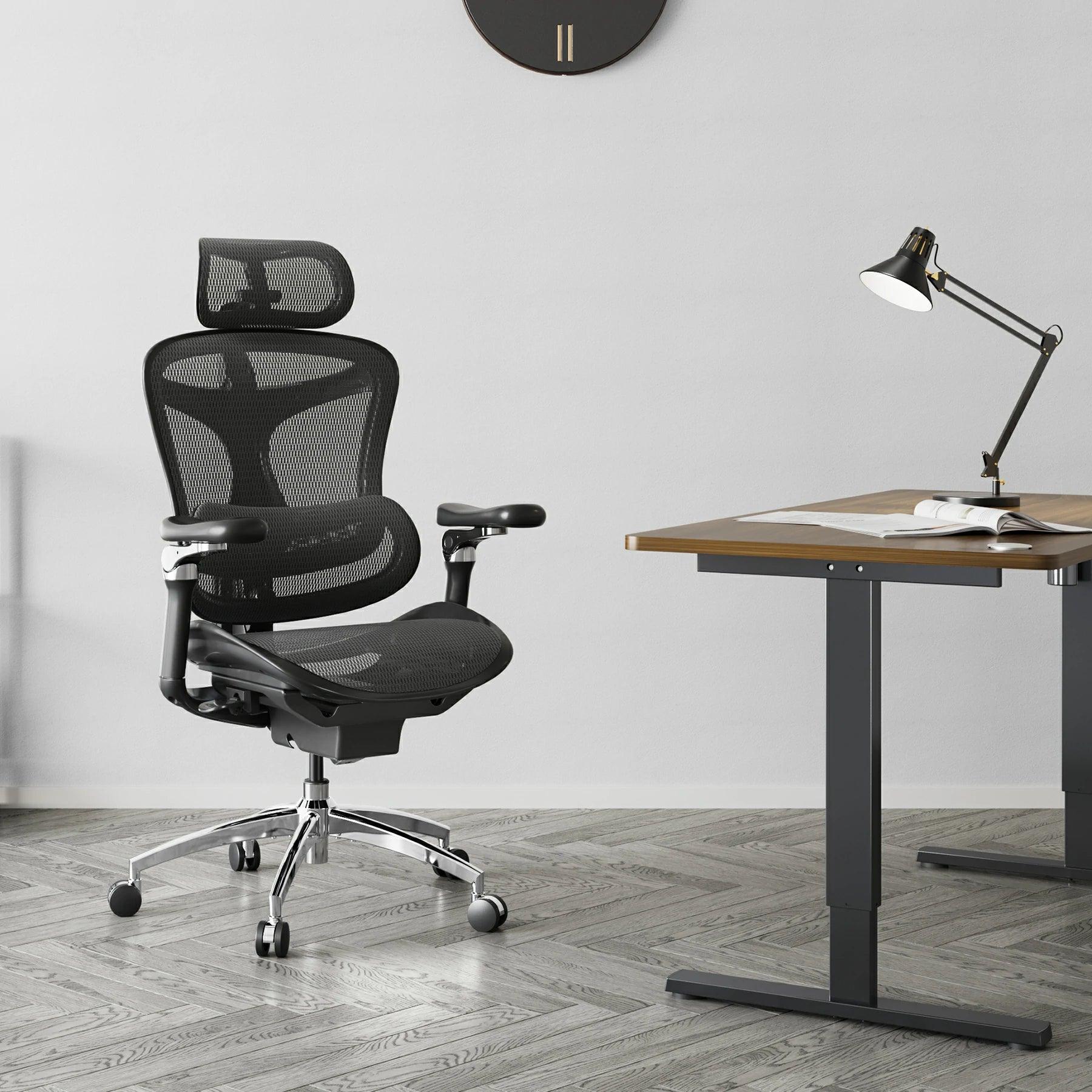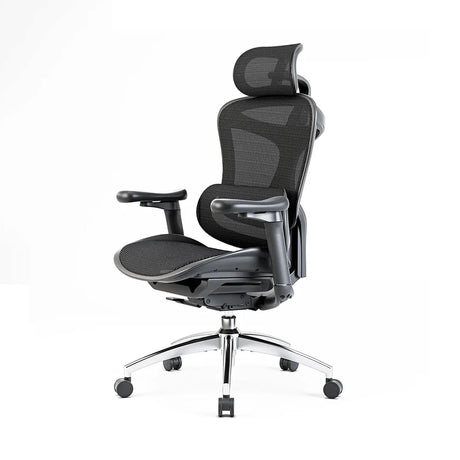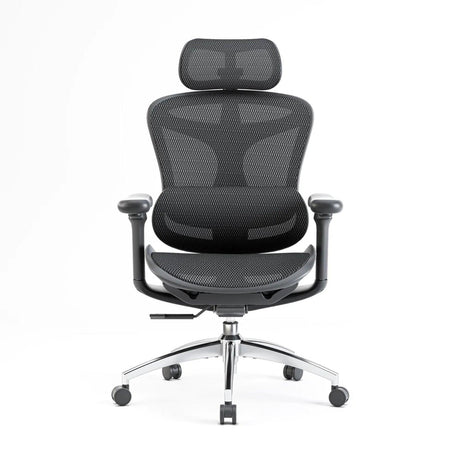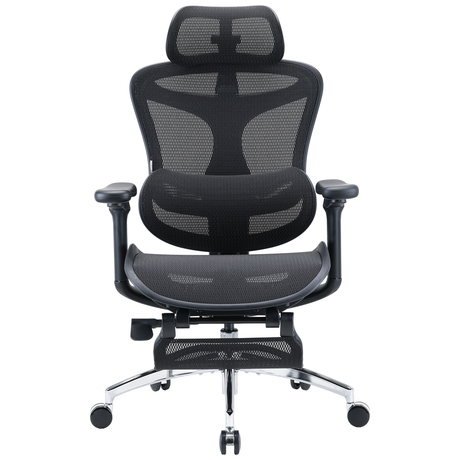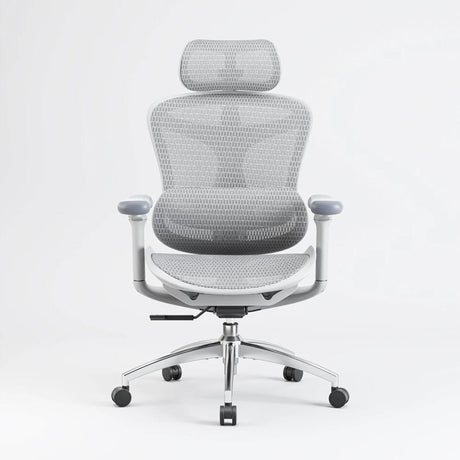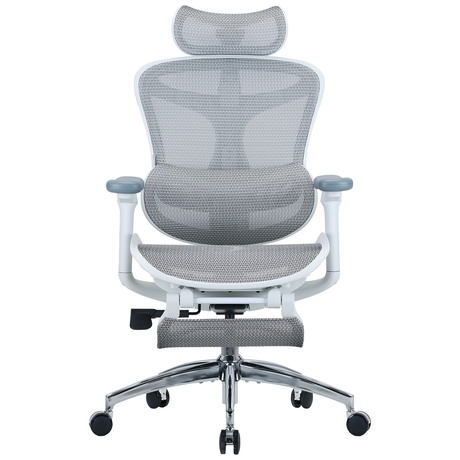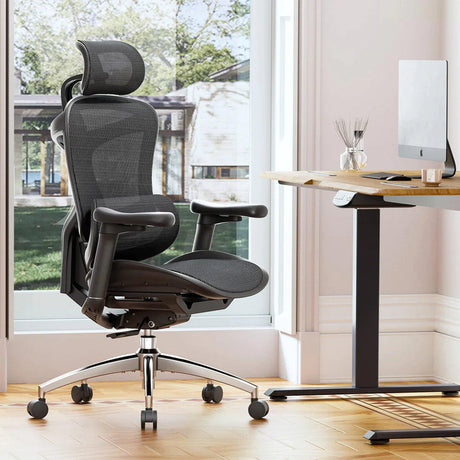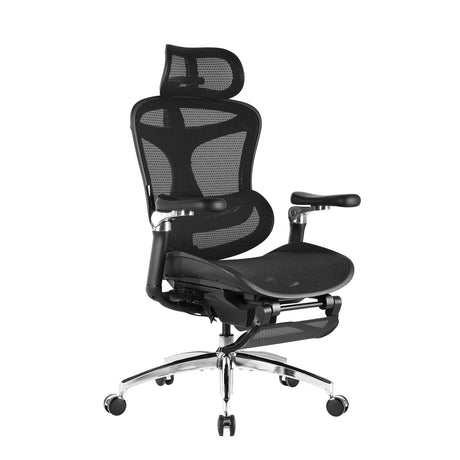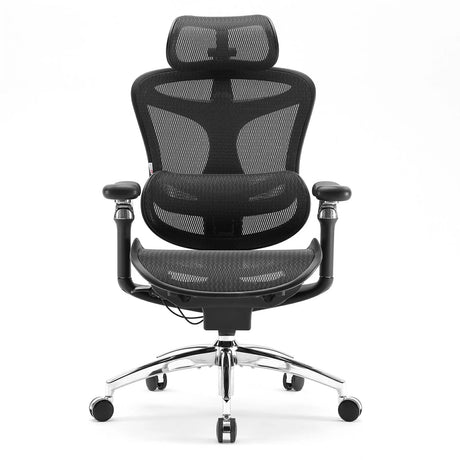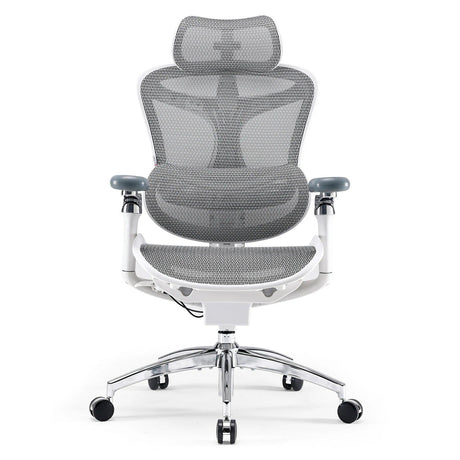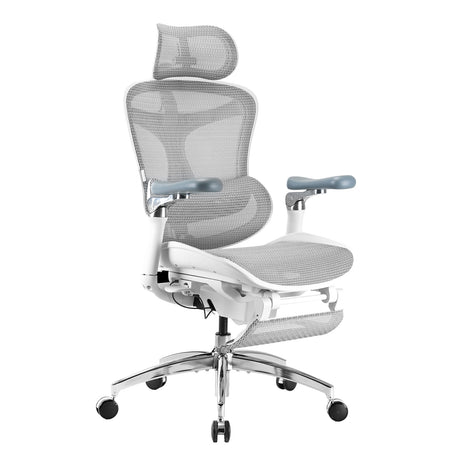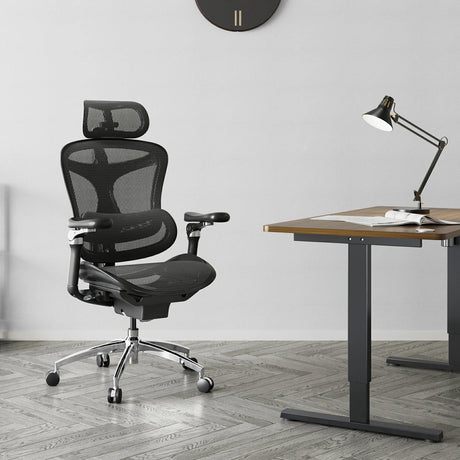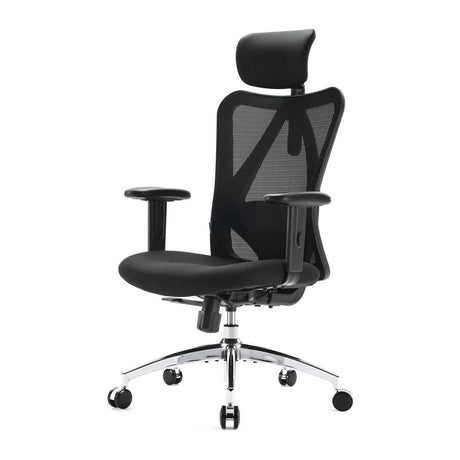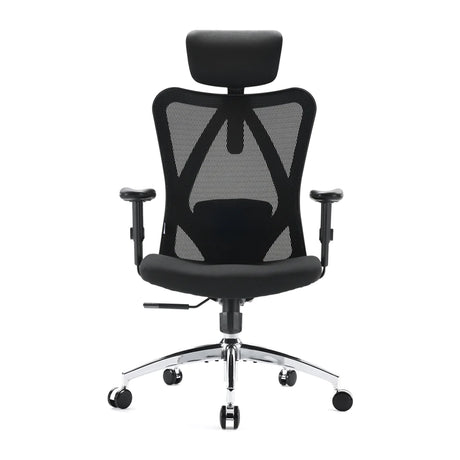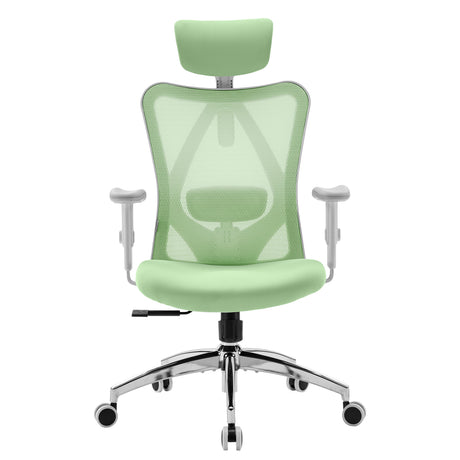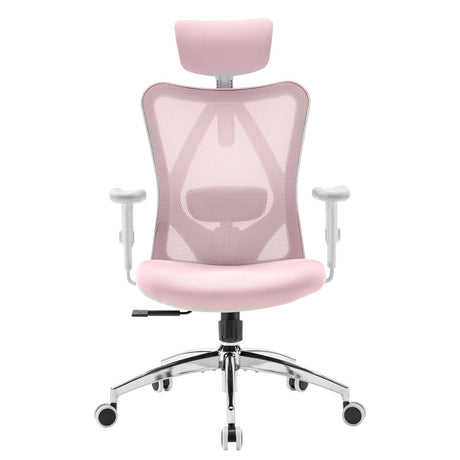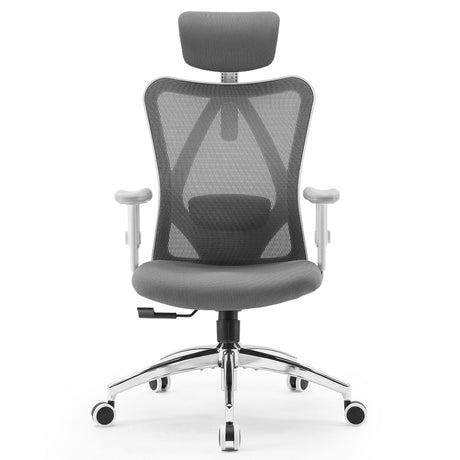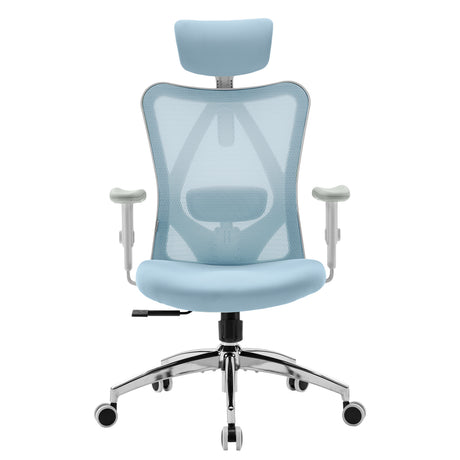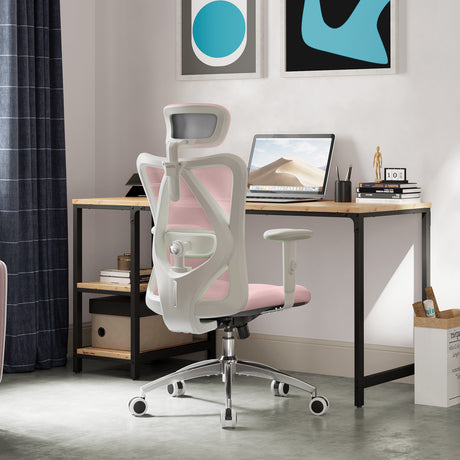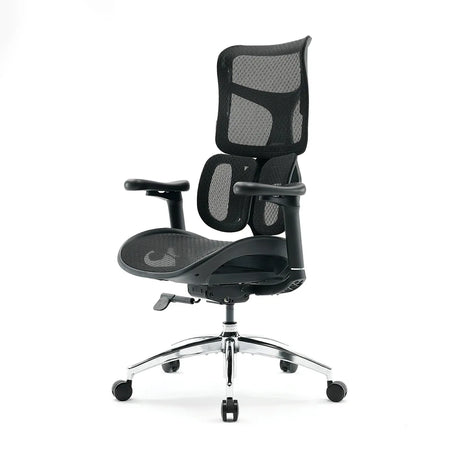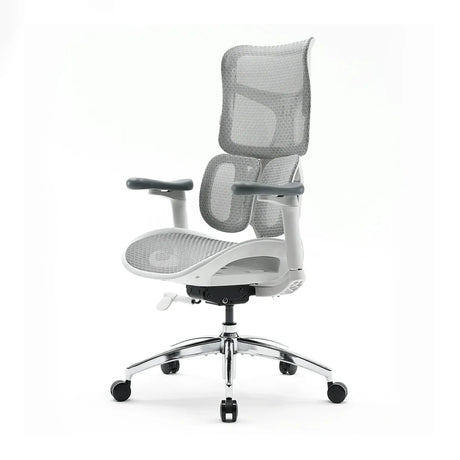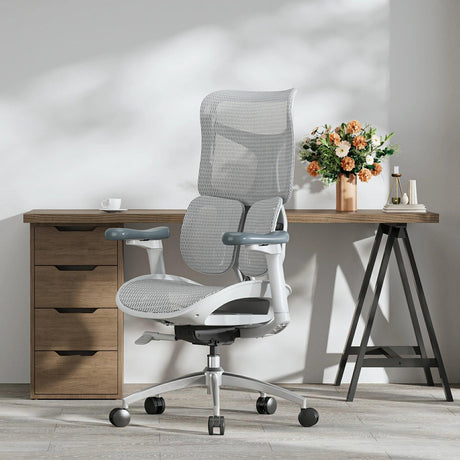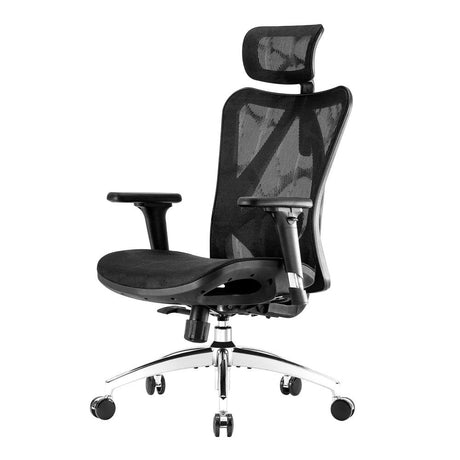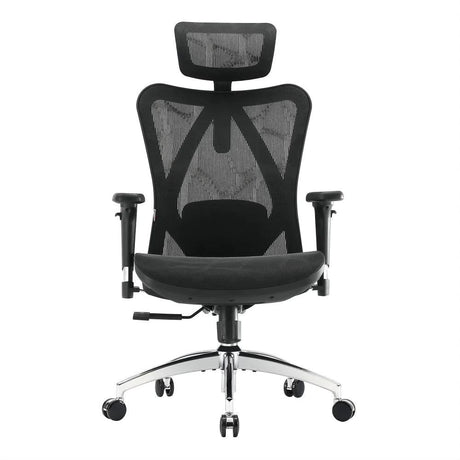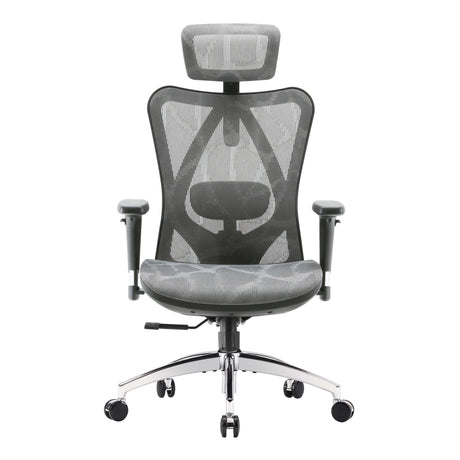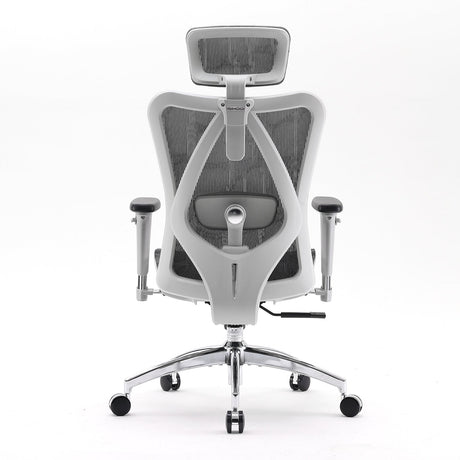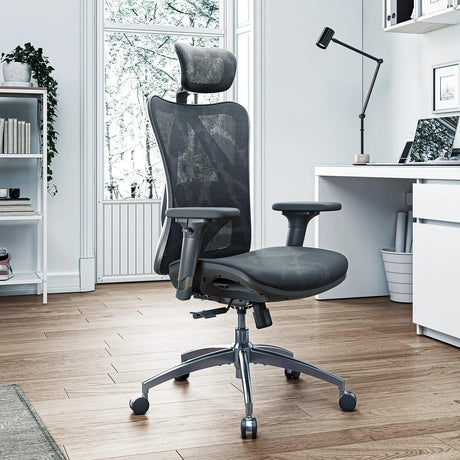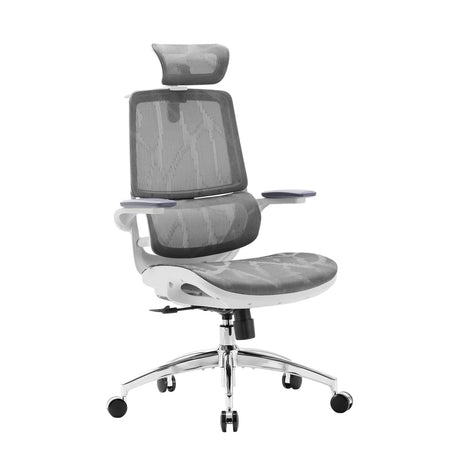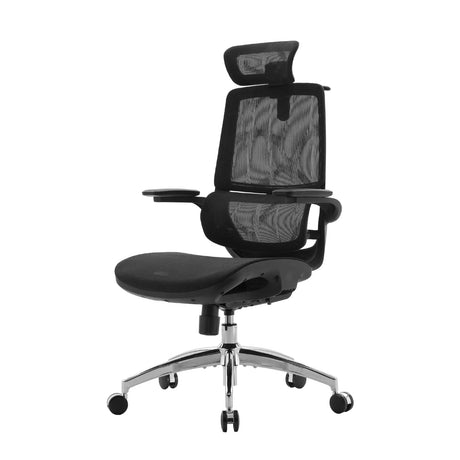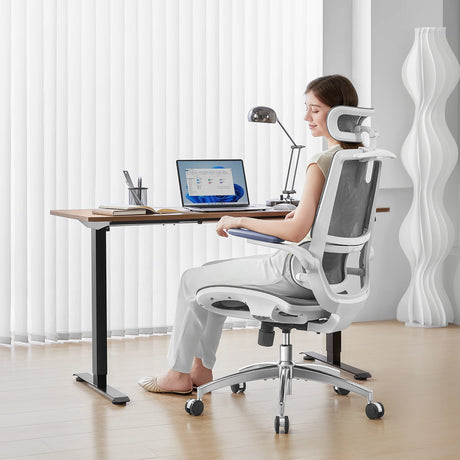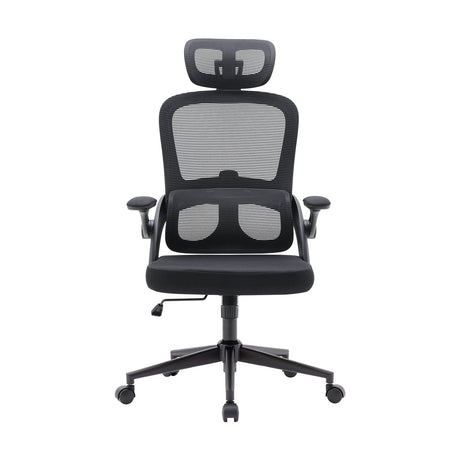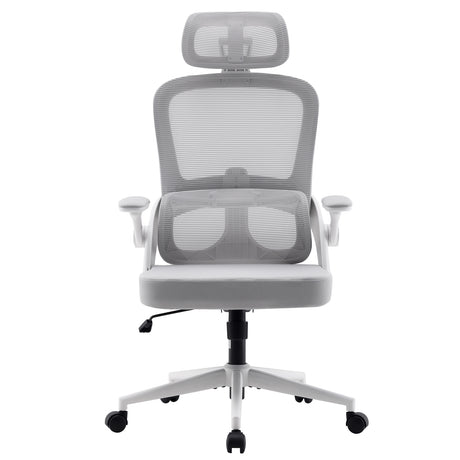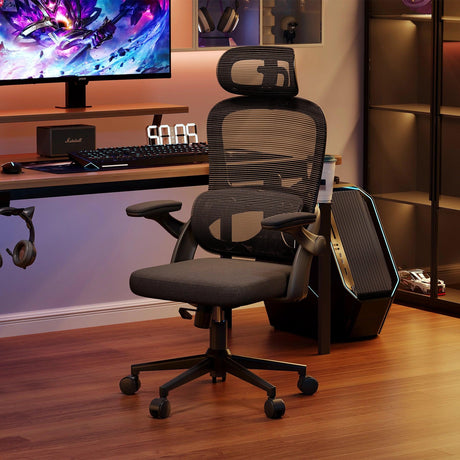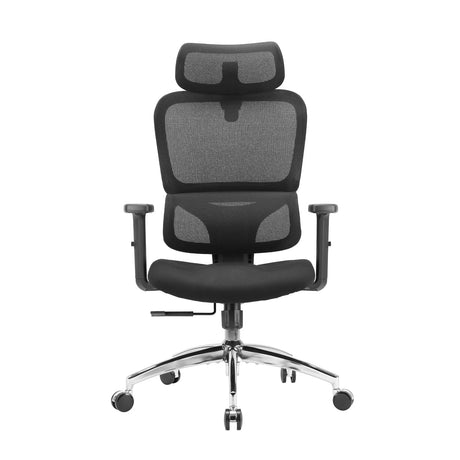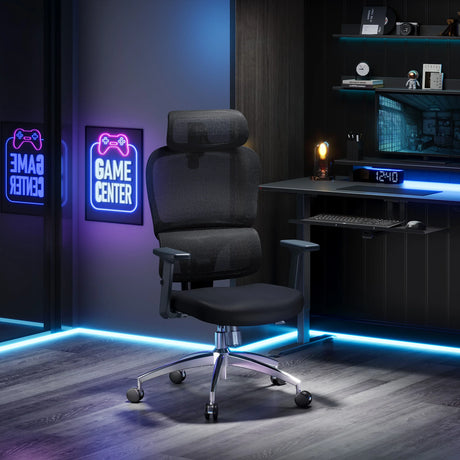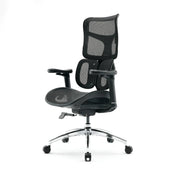Poor ergonomics, whether in the office, at home, or even while gaming or studying, can lead to a cascade of physical and mental symptoms. Unfortunately, many people ignore the early warning signs, only addressing them once discomfort turns into chronic pain or serious injury.
This comprehensive article explores the symptoms of poor ergonomics, how they manifest in different parts of the body, and why it’s crucial to recognize and correct these issues early on.
Understanding Ergonomics
Before diving into the symptoms, let’s clarify what ergonomics actually means. Ergonomics is the science of designing and arranging things people use so that the people and things interact most efficiently and safely. In the context of office work, this includes your chair, desk, monitor, keyboard, lighting, and even your daily posture and movement patterns.
Poor ergonomics means that these systems are not properly aligned or suited to your body or tasks. Over time, this leads to stress, strain, and dysfunction.
Physical Symptoms of Poor Ergonomics
1. Neck Pain and Stiffness
When monitors are too low or high, or when you're constantly tilting your head forward to look at a laptop, your neck muscles become strained. Over time, this leads to chronic neck pain, reduced range of motion, and headaches.
Common causes:
- Monitor too low or too high
- Cradling the phone between ear and shoulder
- Working on laptops without external monitors
Symptoms:
- Tension or tightness in neck
- Frequent headaches or migraines
- Limited head mobility or stiffness

2. Shoulder and Upper Back Pain
Sitting with rounded shoulders, slouching, or working with arms unsupported can lead to upper back and shoulder fatigue. This is common in people using desks or chairs without proper arm support.
Common causes:
- No armrests or armrests too low
- Reaching too far for a mouse or keyboard
- Slouching posture
Symptoms:
- Soreness or burning between shoulder blades
- Shoulder tension and fatigue
- Tingling or pain radiating down arms

3. Lower Back Pain
Perhaps the most notorious symptom of poor ergonomics is lower back pain. It's often the result of sitting for long periods in unsupportive chairs or with bad posture.
Common causes:
- Lack of lumbar support
- Sitting too long without breaks
- Chair too high or too low
Symptoms:
- Dull or sharp pain in lower back
- Tight hips or hamstrings
- Discomfort when standing after sitting

4. Wrist and Hand Pain (Repetitive Strain Injuries)
Typing or mousing with poor wrist posture or at the wrong height can result in wrist and hand issues like carpal tunnel syndrome.
Common causes:
- Keyboard/mouse too high or low
- Hard desk edge against wrists
- Overreaching or awkward angles
Symptoms:
- Numbness or tingling in fingers
- Weak grip strength
- Burning or aching in wrist or palm

5. Hip and Leg Pain
Sitting improperly affects the hips and legs. A chair that’s too high may cause dangling legs, while a seat pan that's too short won’t support the thighs.
Common causes:
- Poor seat depth
- Feet not touching the floor
- Crossing legs for long periods
Symptoms:
- Tingling or numbness in legs
- Stiff hips
- Sciatic pain or deep buttock discomfort

6. Eye Strain and Vision Problems
Digital Eye Strain (also known as Computer Vision Syndrome) is an increasingly common result of poor visual ergonomics.
Common causes:
- Screen too bright or dim
- Glare from lighting or windows
- Screens too close or far away
Symptoms:
- Dry, itchy, or watery eyes
- Blurred vision or double vision
- Headaches after screen use
- Difficulty focusing

7. Fatigue and Reduced Endurance
Even without obvious pain, poor ergonomics can cause your body to work harder than it needs to. Constant micro-adjustments and muscle strain waste energy.
Common causes:
- Constant tension to maintain posture
- No back or arm support
- Lack of movement or variation
Symptoms:
- Feeling drained despite little movement
- Trouble concentrating
- Midday energy crashes

Mental and Emotional Symptoms of Poor Ergonomics
1. Decreased Productivity
Pain, discomfort, or constant distractions due to poor ergonomics make it difficult to focus and stay productive.
Signs:
- Taking frequent breaks due to discomfort
- Struggling to maintain attention on tasks
- Lower output and increased errors
2. Mood Changes and Irritability
Chronic pain and fatigue affect emotional well-being. When your body is in discomfort, your brain is less tolerant and more reactive.
Signs:
- Quick to anger or frustration
- Loss of motivation
- Increased stress or anxiety
3. Sleep Disruption
Pain from poor ergonomics doesn’t just stop when the workday ends. A sore back or neck can make it hard to fall or stay asleep.
Signs:
- Difficulty getting comfortable at night
- Waking up stiff or in pain
- Sleep deprivation effects: grogginess, forgetfulness, irritability
How to Recognize Poor Ergonomic Habits
Recognizing the symptoms is one thing; connecting them to ergonomic problems is another. Here's how to analyze your setup:
Checklist:
- Do you slouch or lean forward?
- Is your monitor at eye level?
- Are your wrists bent when typing or mousing?
- Do you get up and move at least once an hour?
- Are your feet flat on the floor when seated?
- Is your chair adjustable and does it support your lumbar curve?
- Are you constantly shifting to find comfort?
If you answered “no” to most of these, it’s likely that poor ergonomics are at least partially responsible for your symptoms.
Who Is at Risk?
While anyone can suffer from poor ergonomics, some groups are especially vulnerable:
- Remote workers using makeshift setups like couches or kitchen tables
- Office workers who sit at a desk 8+ hours a day
- Gamers and streamers who spend long hours in static positions
- Students working on laptops without proper desk arrangements
- Factory or warehouse workers with repetitive physical tasks
Long-Term Consequences of Ignoring the Symptoms
Early signs of poor ergonomics are often brushed off as temporary discomfort. But if ignored, they can escalate into chronic conditions that require medical intervention.
Common long-term outcomes include:
- Carpal tunnel syndrome
- Tendinitis
- Chronic back or neck pain
- Herniated discs
- Nerve impingement
- Postural deformities
- Depression or anxiety related to chronic pain
How to Fix Poor Ergonomics
It starts with awareness, but the solution is active change. Here are some tips for reversing the effects of poor ergonomics:
1. Invest in an Ergonomic Chair
A good ergonomic chair provides lumbar support, adjustable seat height, and armrests that support your forearms. Look for mesh back chairs with adjustable features.
Sihoo Doro C300 Pro Office Chair
2. Adjust Monitor Height
Your eyes should naturally align with the top third of your monitor. Use a monitor arm or stand if needed.
3. Optimize Keyboard and Mouse Placement
Keep them at elbow height and close enough to avoid reaching. Use a wrist rest if necessary.
4. Follow the 90-90-90 Rule
Your elbows, hips, and knees should all be at 90-degree angles while sitting.
5. Take Movement Breaks
Get up every 30–60 minutes to stretch or walk. Incorporate light stretching into your daily routine.
6. Use Ergonomic Accessories
Items like footrests, monitor risers, laptop stands, split keyboards, and vertical mice can make a big difference.
7. Create a Posture Habit
Train your body to maintain a neutral spine. Set posture reminders or use a wearable posture corrector.
Conclusion: Prevention Is Key
Poor ergonomics can feel invisible at first — a bit of neck tightness here, a numb finger there. But these little discomforts are your body’s way of sounding the alarm. By recognizing the symptoms of poor ergonomics early, you can make proactive changes that save you from months or even years of pain and dysfunction.
Ergonomics is not just about comfort — it’s about preserving your body for the long run. Whether you're typing reports, editing videos, gaming late at night, or taking Zoom calls all day, the setup around you is either helping you or hurting you. Choose wisely.

